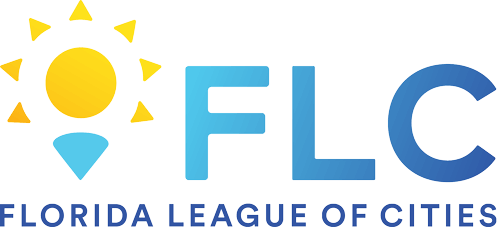In 1993, the United States passed the Family and Medical Leave Act (FMLA), which provides up to 12 weeks of unpaid leave for several medical conditions as well as the birth or adoption of a baby. What was once only offered to mothers turned into “parental leave” (including fathers and partners) several years ago. To illustrate how this benefit has changed further: On October 1, 2020, FMLA provisions were amended in Title 5, U.S. Code to provide up to 12 weeks of paid parental leave to covered federal employees in connection with the birth or placement (adoption or foster care) of a child.
For workers at U.S. companies with fewer than 50 employees, there is no legal right to maternity leave, whether paid or unpaid.
There are three common types of family leave:
- Paid paternal leave, which is offered to both parents. This leave often coincides with family medical leave. Companies usually offer 100% of pay for a specified time (such as six, eight or 10 weeks). Eligible events are a child’s birth, adoption or placement (foster care).
- Paid maternity leave is offered to mothers for the birth, adoption or placement of a child. Like parental leave, maternity leave is taken at the same time as FMLA; however, it is paid by the employer.
- Paid paternity leave is offered to fathers and follows the same protocols as maternity leave.
There are some significant arguments for implementing some level of paid parental leave.
- Increase employee retention: Turnover impacts the bottom line. Replacing an employee costs an average of 21% of the employee’s base salary. Another statistic is about 30% of new mothers leave the workforce within one year of giving birth. A study from the Center for Women and Work showed that women who have paid leave to care for a child are more likely to remain employed 12 months after the birth.
- Attract and retain new talent: The “new age employee’s” ideal is work-life balance. More and more, this balance is important to new fathers. Gone are the days of only women taking care of the children. In a competitive market, every benefit offered as part of the employee value proposition matters.
- Increase productivity and boost employee morale: When an employee returns to work after leave, it provides a sense of job security and job satisfaction, which are linked to increased productivity and morale.
- Improve mental health and well-being of parents and children: Men and women alike have an opportunity to bond with their children.
By Patti Graganella
Patti Graganella is the Chief Administrative Officer of the Florida League of Cities and is responsible for human resources and other areas.

